1. Robert Culp
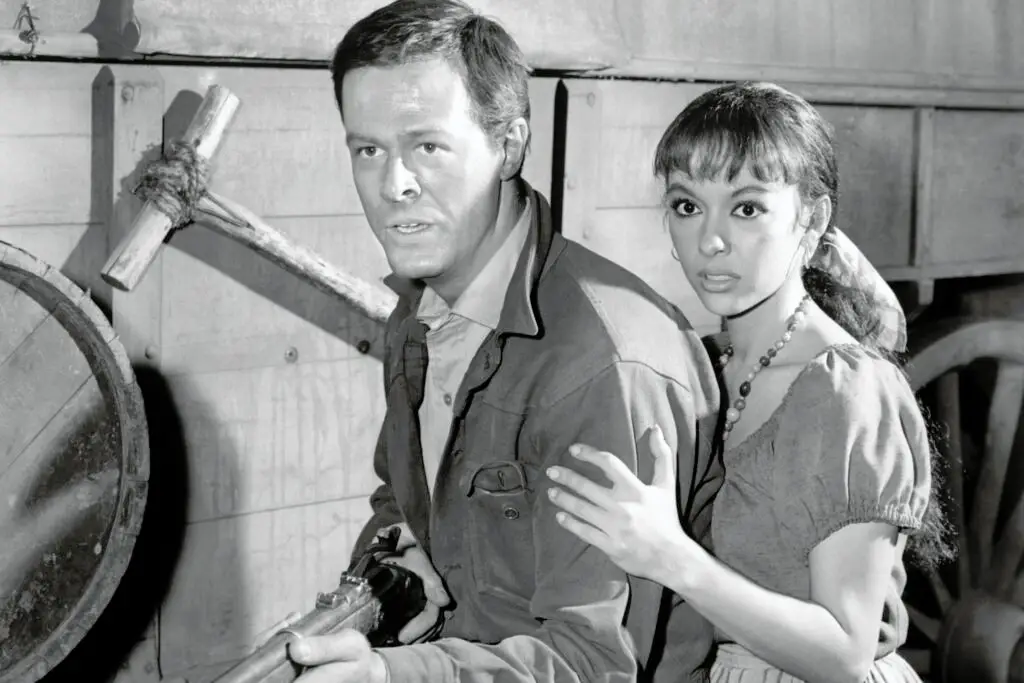
Robert Culp was a staple of ’60s television, with his unforgettable roles on shows like I Spy and The Greatest American Hero. As a suave secret agent in I Spy, he won the hearts of millions and became one of the most recognizable faces of the era. His chemistry with co-star Bill Cosby was legendary, and the duo was lauded for breaking racial barriers on television. Beyond TV, Culp also made waves in films, with notable appearances in movies like The Pelican Brief and The Purple Testament.
However, as the ’70s approached, Culp began to take a step back from the spotlight. Though he made guest appearances in various series and films throughout the years, he was no longer the ubiquitous TV star he had once been. He later shifted his focus behind the camera, directing and writing for television. While still admired by his fans, his transition away from regular roles marked the end of his public prominence.
2. Barbara Eden
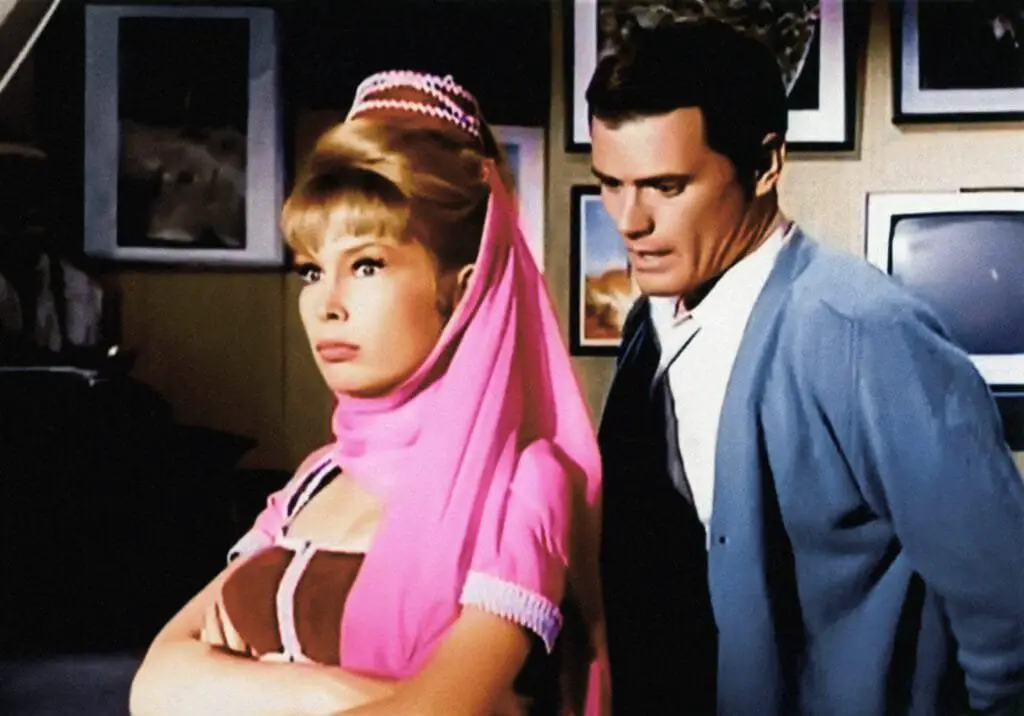
Barbara Eden’s portrayal of the magical genie, Jeannie, in I Dream of Jeannie made her a household name. With her striking beauty and comedic timing, she charmed audiences for five seasons in the ’60s. The show became an instant classic, and Eden’s role as the loveable, mischievous genie captivated fans for years. Beyond the show, she had several film appearances, solidifying her status as a leading lady of the era.
Despite her fame, Eden found it difficult to replicate the same level of success after I Dream of Jeannie ended. While she appeared in a few TV movies and guest spots, her iconic role was hard to shake off. Though she continued to act throughout the ’70s and ’80s, she never reached the same level of fame she enjoyed during the ’60s. Eden’s career went through ups and downs, but her place in television history is forever secured.
3. David McCallum
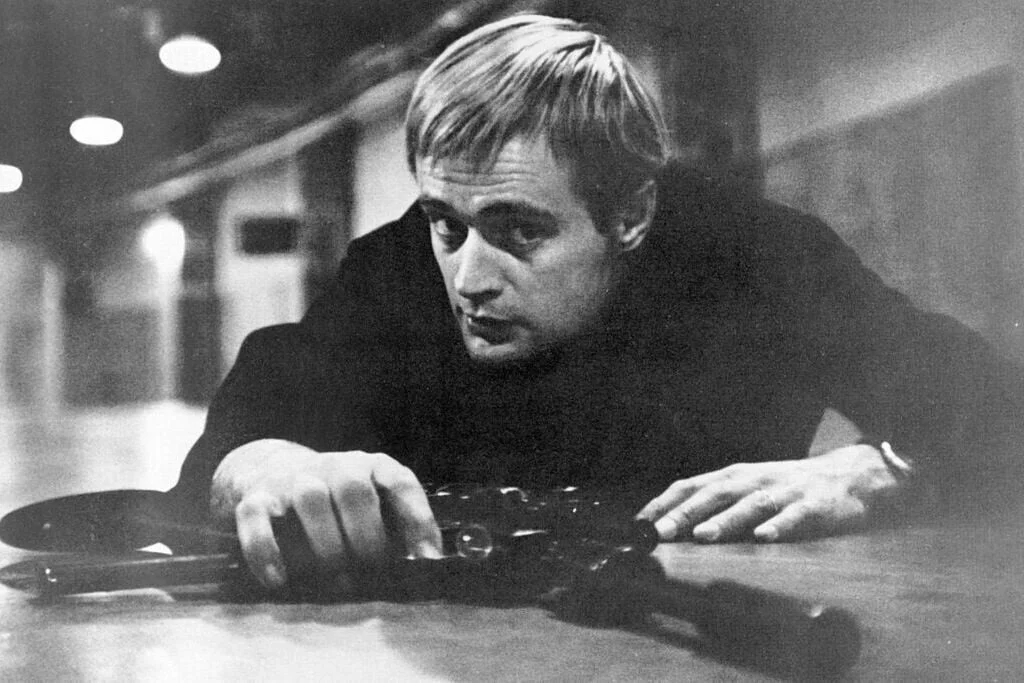
David McCallum became famous for his role as the suave, cold war-spy Illya Kuryakin in the hit series The Man from U.N.C.L.E. His brooding presence and unique charm quickly made him a fan favorite. The show itself was a cultural phenomenon, and McCallum’s portrayal of the Russian agent was one of the standout elements of its success.
However, after The Man from U.N.C.L.E. ended, McCallum’s career took an unexpected turn. Though he remained in the public eye with some film roles and guest spots, he was never able to recreate the same level of fame. His career trajectory shifted, and by the ’80s, he was mostly known for his role as Dr. Donald “Ducky” Mallard on NCIS. Despite a long and successful career, his ’60s fame remained the pinnacle of his celebrity.
4. Eve Plumb
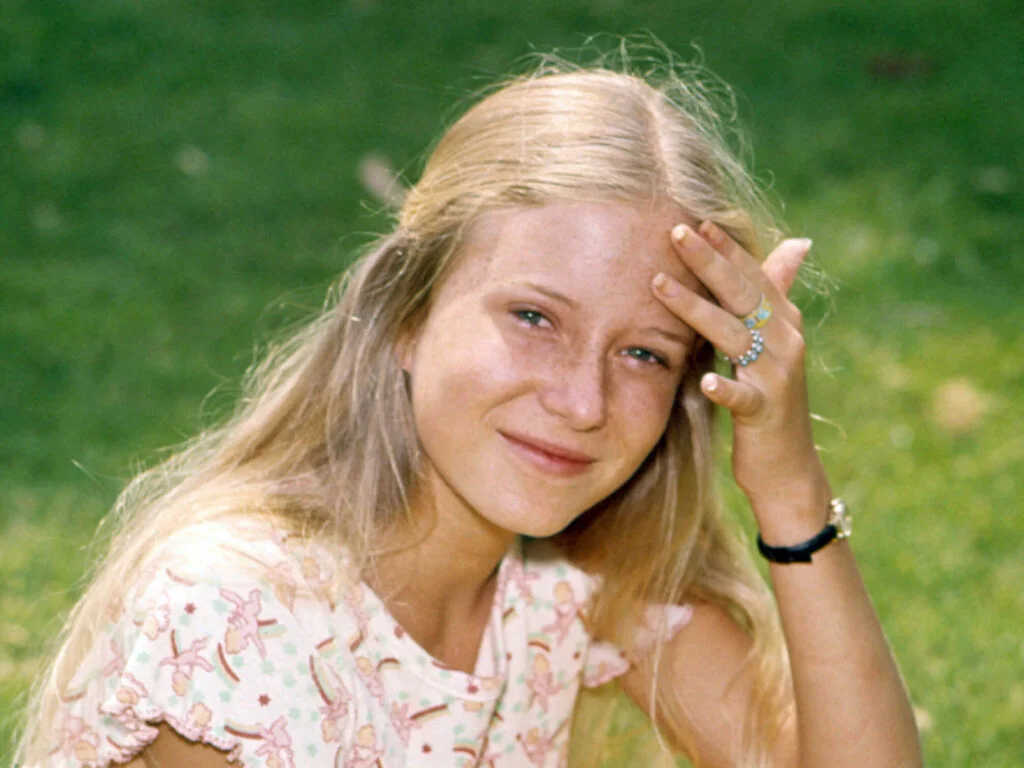
Eve Plumb will always be remembered as the adorable and precocious Jan Brady on The Brady Bunch. Her portrayal of the middle sister who often felt overshadowed by her perfect older sister made her a relatable and beloved character. With the success of The Brady Bunch, Plumb seemed primed for a long career in Hollywood, as she was one of the most recognizable faces of the late ’60s.
But after the show ended, Plumb’s career stalled. She found it difficult to land roles that matched the fame and recognition she’d received as Jan Brady. Although she worked on TV movies and made guest appearances, she couldn’t escape the typecasting associated with her Brady Bunch role. Plumb later turned to theater and painting, establishing herself in those areas rather than continuing a steady career in television or film.
5. Telly Savalas
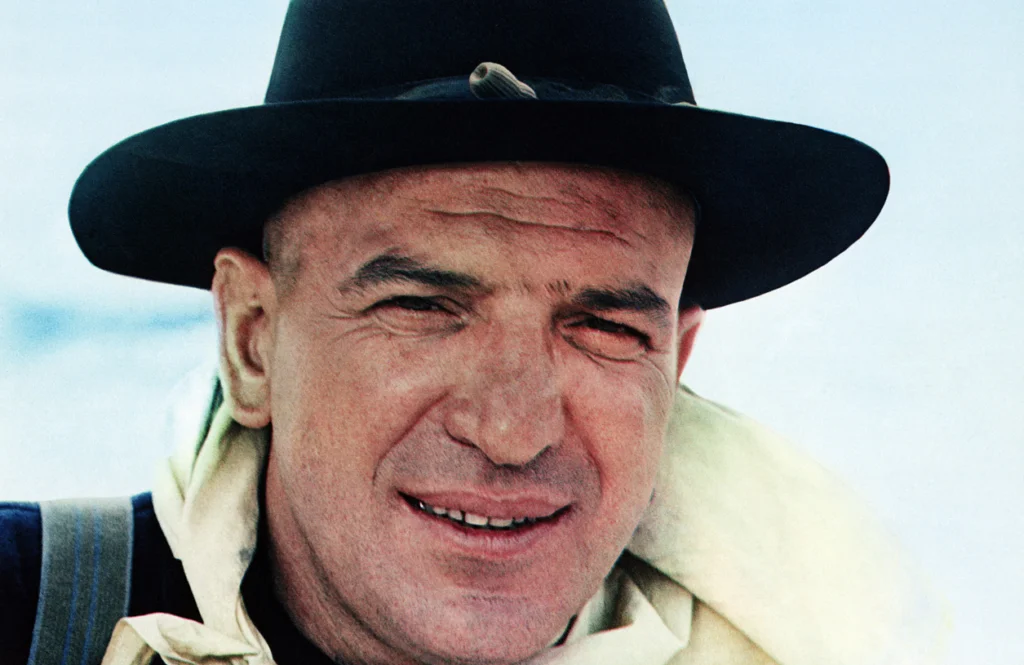
Telly Savalas, with his iconic bald head and tough-guy persona, became famous for his role as the titular character in Kojak. His catchphrase, “Who loves ya, baby?” became legendary, and his portrayal of a gruff but lovable detective made him one of the most unforgettable stars of the ’60s and ’70s. Outside of TV, Savalas appeared in films, including The Dirty Dozen, which helped cement his status as a tough-guy icon.
Despite his success, Savalas seemed to fade from the public’s eye after Kojak wrapped up. Although he made occasional appearances in films and TV specials, the roles that once poured in became fewer and farther between. He would continue working in Hollywood until his death, but the spotlight never again shone as brightly on him as it did during the height of his Kojak fame.
6. John Forsythe
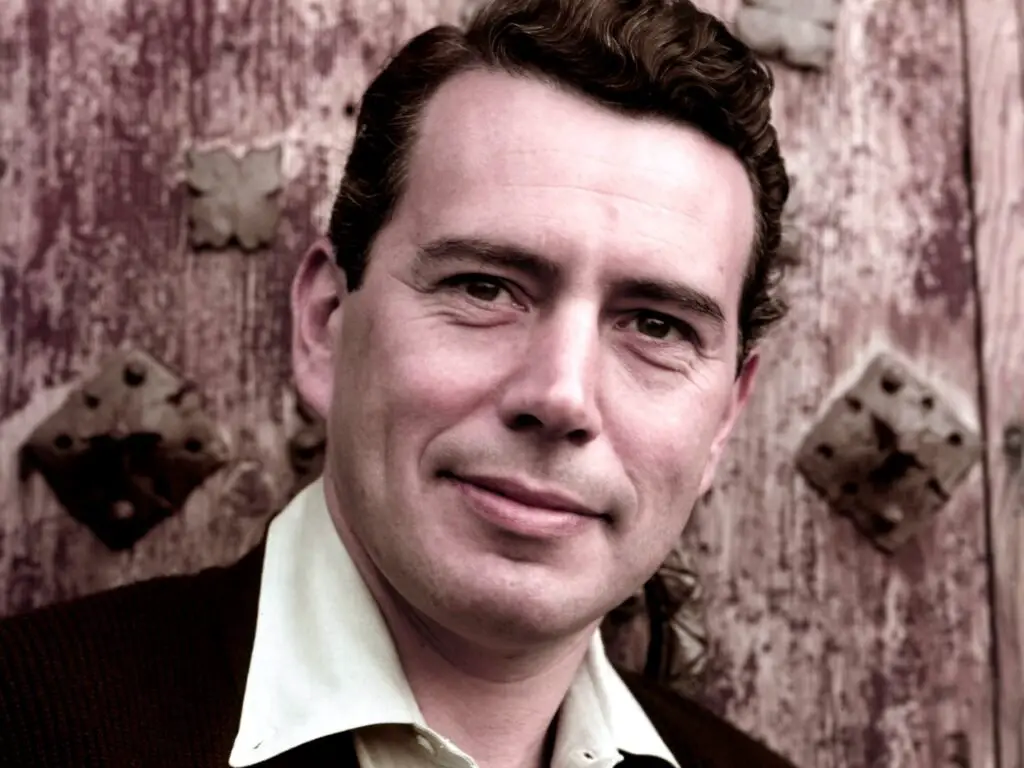
John Forsythe was the suave, charming patriarch Blake Carrington on the soap opera Dynasty, but his rise to fame in the ’60s was built on a series of hit TV shows. From Bachelor Father to The John Forsythe Show, he was a fixture on prime time television. His voice also became a staple, famously narrating Charlie’s Angels, which added to his status as a respected figure in the industry.
However, after Dynasty ended, Forsythe seemed to slip into the background. Though he had a few roles here and there, none reached the same level of prominence. His career seemed to fade as newer, younger stars took over. Forsythe’s enduring legacy remains tied to his family-friendly roles, but he didn’t maintain the same level of public visibility that made him a household name in the ’60s.
7. Nancy Sinatra
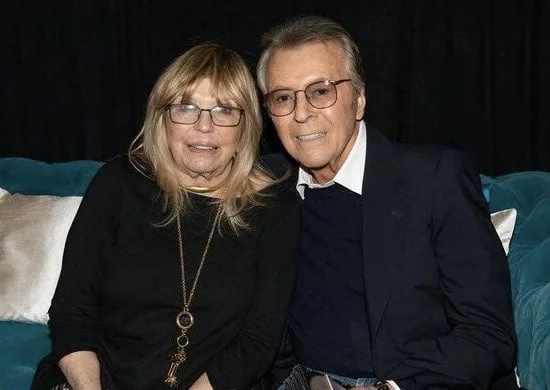
Nancy Sinatra, daughter of the legendary Frank Sinatra, was an icon of the ’60s music scene. Her hit song “These Boots Are Made for Walkin’” became a defining anthem of the era, and her stylish, sultry image was everywhere. Along with her musical success, she appeared in several films and TV shows, adding to her cultural footprint.
Yet, after the ’60s, Sinatra’s career seemed to lose momentum. Despite a few attempts at reinvention, she struggled to match the fame she had during her peak. While she remained a popular figure in the music world, her visibility on screen diminished. Though she continued to work in entertainment, her presence wasn’t as ubiquitous as it had been during the height of her fame.


